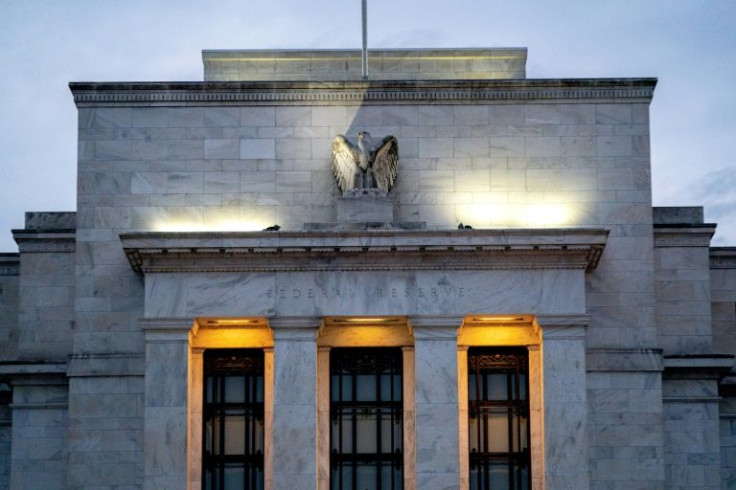FOMC Meeting Weighs 25- Or 50-Basis-Point Rate Hike

Wall Street’s attention will be on the Federal Reserve this week, with the Federal Open Market Committee (FOMC) issuing its monetary policy statement on Wednesday.
FOMC statements are always market-moving events, but more so this time around for a couple of reasons. The statement will signal a major policy shift, from monetary easing to monetary tightening. It will be issued in the middle of the Russia-Ukraine war, which clouds the outlook for inflation and employment, the two metrics the Fed follows in setting its policy.
Prior to the start of the war, markets expected the Fed to raise interest rates by 50 basis points. Now, the consensus is for 25 basis points.
“The Fed is likely to announce a 25-basis-point increase in the target Fed funds rate when [the] meeting concludes on Wednesday,” said Robert R. Johnson, professor of finance at Creighton University's Heider College of Business. “There was a greater likelihood of a higher rate increase before the Russian invasion of Ukraine. In light of the uncertainty and volatility that the Russian invasion has infused into both the economy and global financial markets, the FOMC will likely proceed on a more cautious path of raising rates. Certainly, however, a rate increase of 25 basis points is a near certainty.”
In a research note issued at the end of last week, Deutsche Bank is on the same page.
“The Fed Chair [Jerome] Powell preempted the outcome of the meeting by confirming his support for a 25 bps hike in his Congressional testimony prior to the meeting,” says the report. "Unfortunately, the reason for the unusual set of circumstances has been the invasion of Ukraine, and while Powell has removed some of the uncertainty about the outcome of Wednesday's meeting, there will still be much for market participants to mull over with respect to the Fed's reaction function."
Very much, indeed.
For months, the Fed has subscribed to the narrative that the spike in inflation is temporary and transitory. It’s driven by supply chain bottlenecks and labor market frictions, as the U.S. economy transitions from the pandemic recession to the new normal. Thus, the Fed expected inflation to go away, as these supply-side problems ease. But they didn’t, with inflation continuing to pick up pace, as evidenced by the February Consumer Price Index, which shows that inflation is running at an annual rate of 7.9%. That’s well above the Fed’s 2% policy target.
The Fed is changing its narrative, making the fight against inflation a top priority. But it may be already “behind the curve,” meaning too slow to raise interest rates to keep inflation under control, and more drastic measures are needed, like the raising of interest rates by 50 basis points. Meanwhile, the Russia-Ukraine war complicates matters as the precipitous increase in the price of food and energy may be already pushing the economy into a recession.
The Fed may be in a bind: Raising interest rates at a slow pace and risk seeing inflation spinning out of control, or raise interest rates at a fast pace, and see the economy sliding into another recession.
We’ll know on Wednesday which way the Fed goes -- and how markets respond to it.
© Copyright IBTimes 2024. All rights reserved.






















